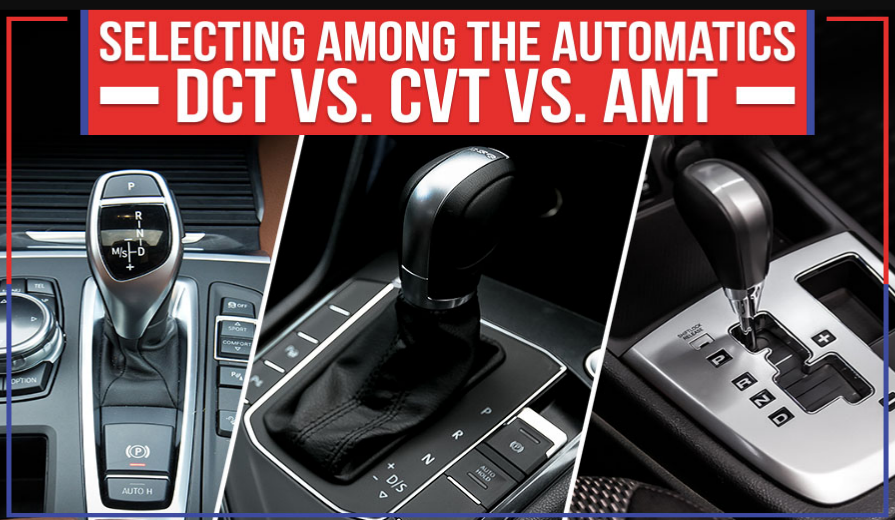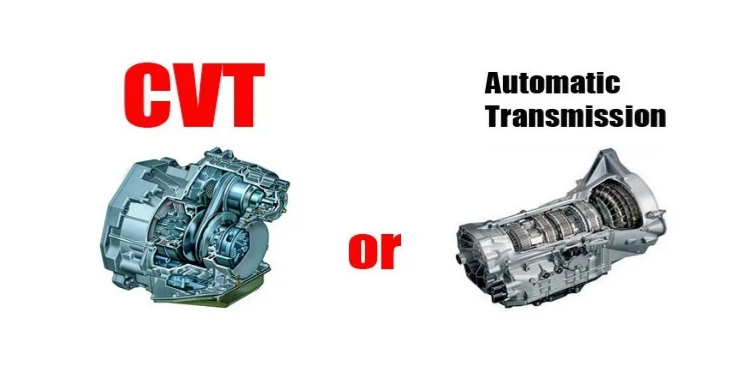The time it takes to charge an electric car varies widely based on the charger used and the vehicle’s battery capacity, but it can range from 30 minutes to 20 hours.
Different Types of Electric Car Chargers
Electric vehicles (EVs) have become increasingly popular in recent years due to their environmental benefits and advancements in technology. One of the key considerations for EV owners and potential buyers is the charging infrastructure available. There are three main types of electric car chargers – Level 1, Level 2, and DC Fast Chargers. Each of these chargers has different power outputs, and consequently, the time it takes to charge an electric vehicle varies significantly from one to another.

Level 1 Chargers
Level 1 chargers are the most basic type of EV chargers and are typically the standard charging cable that comes with the vehicle. These chargers can be plugged into a regular 120-volt household outlet. Level 1 chargers have a power output of around 1.2 to 2 kilowatts, making them the slowest charging option available. It usually takes between 8-20 hours to fully charge an electric vehicle using a Level 1 charger, making it suitable for overnight charging or for vehicles with smaller battery capacities.
One of the key advantages of Level 1 chargers is that they do not require any special installation or equipment. However, their slow charging speed makes them less ideal for long trips or for vehicles with large batteries. More on Level 1 chargers on Wikipedia
Level 2 Chargers
Level 2 chargers are more powerful than Level 1 chargers and are commonly found in public charging stations, commercial establishments, and can also be installed at home. These chargers require a 240-volt outlet, similar to the ones used for electric ovens or clothes dryers. Level 2 chargers typically have a power output of around 3.3 to 19.2 kilowatts, which can significantly reduce the charging time compared to Level 1 chargers. It usually takes 3-8 hours to fully charge an electric vehicle using a Level 2 charger, making it a more convenient option for daily use.
Many electric vehicle owners choose to install Level 2 chargers at home to facilitate faster charging. Additionally, public charging networks have also been expanding the availability of Level 2 chargers. More on Level 2 chargers on Wikipedia
DC Fast Chargers
DC Fast Chargers, also known as DCFC or fast chargers, are the fastest type of electric vehicle chargers available. These chargers are commonly found along highways and in commercial areas to facilitate long-distance travel. DC Fast Chargers typically have a power output ranging from 50 kilowatts to over 350 kilowatts. As a result, they can charge most electric vehicles to 80% in just 20-30 minutes. However, it is important to note that the charging speed may decrease after reaching 80% to protect the battery from damage.
DC Fast Chargers are incredibly convenient for long trips and quick top-ups, but they are also the most expensive type of charger to install and use. Additionally, not all electric vehicles are compatible with DC Fast Chargers, so it is important to check the vehicle’s specifications before using one. More on DC Fast Chargers on Wikipedia
Factors Affecting Charging Time
Charging time is a crucial aspect for electric vehicle (EV) owners and potential buyers. Although the type of charger used plays a significant role in determining the charging time, there are several other factors that can influence it. Understanding these factors can help EV owners make informed decisions about where and how to charge their vehicles most effectively.
Battery Capacity
The capacity of an electric vehicle’s battery is one of the most significant factors affecting its charging time. Battery capacity is measured in kilowatt-hours (kWh), which indicates the amount of energy the battery can store. A larger battery capacity usually means a longer charging time, as there is more energy to be replenished. For example, a vehicle with a 60 kWh battery will generally take longer to charge than one with a 40 kWh battery, assuming the same charging power. More on Battery Capacity on Wikipedia
State of Charge
The state of charge (SoC) of the battery is another important factor affecting charging time. SoC indicates the current level of charge in the battery as a percentage of its total capacity. A battery with a lower SoC will usually take less time to charge than one with a higher SoC. For example, it will take less time to charge a battery from 20% to 80% than it will to charge from 80% to 100%. This is because most batteries charge more quickly at a lower SoC and then slow down as they approach full capacity to protect the battery from damage. More on State of Charge on Wikipedia
Charger Power
The power output of the charger is another key factor that influences charging time. Chargers with higher power outputs can deliver more energy to the vehicle’s battery in a shorter amount of time, resulting in faster charging. For example, a Level 2 charger with a power output of 7.2 kW will generally charge a vehicle faster than a Level 1 charger with a power output of 1.2 kW. However, it is important to note that the vehicle’s onboard charger may limit the maximum power it can accept. More on Charger Power on Wikipedia
Temperature
Temperature also plays a significant role in determining the charging time of an electric vehicle. Batteries are generally less efficient at lower temperatures, which can result in slower charging times. Additionally, extremely high temperatures can also affect the charging speed and the overall health of the battery. Therefore, it is important to consider the ambient temperature when charging an electric vehicle, especially during extreme weather conditions. More on Temperature Effects on Wikipedia

Charging Times of Popular Electric Cars
Electric vehicles (EVs) have gained popularity in recent years due to their environmental benefits and advancements in technology. However, one of the key concerns for potential buyers and current owners is the charging time. Here are the charging times of some popular electric vehicles using different types of chargers.
Tesla Model S
The Tesla Model S is one of the most popular electric vehicles on the market. It comes with a battery capacity of up to 100 kWh, which provides a range of up to 396 miles.
- Level 1 Charger: It would take approximately 96 hours to fully charge the Tesla Model S using a standard Level 1 charger.
- Level 2 Charger: Using a Level 2 charger, it would take around 12 hours to fully charge the Tesla Model S.
- DC Fast Charger: With a Tesla Supercharger, which is a type of DC Fast Charger, it would take approximately 1 hour to charge the Tesla Model S from 10% to 80%.
It is important to note that charging times can vary based on the current state of charge and other factors. More on Tesla Model S on Wikipedia
Nissan Leaf
The Nissan Leaf is another popular electric vehicle with a battery capacity of up to 62 kWh, providing a range of up to 226 miles.
- Level 1 Charger: Using a Level 1 charger, it would take approximately 35 hours to fully charge the Nissan Leaf.
- Level 2 Charger: With a Level 2 charger, it would take around 8 hours to fully charge the Nissan Leaf.
- DC Fast Charger: Using a 50 kW DC Fast Charger, it would take approximately 1 hour to charge the Nissan Leaf from 20% to 80%.
Again, charging times can vary based on several factors. More on Nissan Leaf on Wikipedia

Chevrolet Bolt
The Chevrolet Bolt has a battery capacity of 66 kWh, which provides a range of up to 259 miles.
- Level 1 Charger: It would take approximately 40 hours to fully charge the Chevrolet Bolt using a Level 1 charger.
- Level 2 Charger: Using a Level 2 charger, it would take around 9 hours to fully charge the Chevrolet Bolt.
- DC Fast Charger: With a 50 kW DC Fast Charger, it would take approximately 1 hour to charge the Chevrolet Bolt from 20% to 80%.
Charging times may vary based on different factors. More on Chevrolet Bolt on Wikipedia
BMW i3
The BMW i3 comes with a battery capacity of up to 42.2 kWh, providing a range of up to 153 miles.
- Level 1 Charger: Using a Level 1 charger, it would take approximately 20 hours to fully charge the BMW i3.
- Level 2 Charger: With a Level 2 charger, it would take around 5 hours to fully charge the BMW i3.
- DC Fast Charger: Using a 50 kW DC Fast Charger, it would take approximately 40 minutes to charge the BMW i3 from 20% to 80%.
Charging times can vary based on the current state of charge and other factors. More on BMW i3 on Wikipedia
Tips for Faster Charging
For electric vehicle (EV) owners, time is of the essence, especially when it comes to charging. Here are some tips for faster charging that can help you get back on the road as quickly as possible.
Pre-conditioning the Battery
Pre-conditioning the battery means warming it up to its optimal temperature before starting the charging process. Most EVs have a battery management system that automatically pre-conditions the battery when you start charging. However, some vehicles allow you to manually pre-condition the battery using the vehicle’s app or infotainment system. Pre-conditioning the battery can help reduce charging times, especially in colder temperatures when the battery is less efficient. More on Pre-conditioning on Wikipedia

Using a Fast Charger
Using a fast charger, such as a DC Fast Charger, can significantly reduce charging times compared to Level 1 or Level 2 chargers. DC Fast Chargers can provide a lot of power in a short amount of time, which can help quickly replenish the battery’s energy. However, it is important to note that not all electric vehicles are compatible with DC Fast Chargers, and the vehicle’s onboard charger may limit the maximum power it can accept. Additionally, it is not recommended to use fast chargers for everyday charging as it may degrade the battery’s life over time. More on Fast Charger on Wikipedia
Maintaining Optimal Temperature
Maintaining the optimal temperature for your battery can also help reduce charging times. Most electric vehicles have a thermal management system that helps maintain the battery’s temperature within its optimal range. However, extreme temperatures, both hot and cold, can affect the battery’s performance and charging speed. If possible, park your vehicle in a garage or shaded area to protect it from extreme temperatures. Additionally, some vehicles allow you to schedule charging times, which can be helpful in maintaining the battery’s temperature. More on Optimal Temperature on Wikipedia
